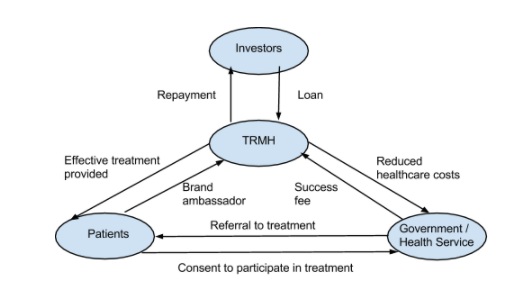In my role at Highview Power, an innovative cleantech company, I was part of British trade missions around the world: specifically to Poland, India, Brazil, and the USA. I also won a spot on a Singapore/Taiwan mission organised by the EU, but attending was later vetoed by management.
Trade missions, when done correctly, can be a valuable way to meet potential clients and partners in a totally new geography. The quality (and therefore usefulness) of these missions varied wildly.
Allow spare time in the schedule
The worst I remember was the trip to India. It was organised by a local partner entity that arranged for us to fly from London for a 4 night stop, speaking at panel events in Delhi, Hyderabad, and Bangalore.
This was far too much travelling as we were required to wake up, attend a conference, then immediately head to the airport to fly to the next city. After the final conference, we immediately headed to the airport to fly straight back to London.
As well as being exhausting, this was not a good idea because there always needs to be sufficient time allocated for side meetings and dinners between delegates. In order to build relationships to close future deals (or even to close a deal on the mission), these side events are essential.
Pre-introduce or screen high-quality delegates
This trade mission, and others I have been on, suffer from the scattergun delusion: the idea that if you get enough people from a certain industry or profession to attend, sooner or later one of them will be useful.
In an ideal world, delegates will be personally invited to attend the trade mission by the organisers based on a list of target prospects given by the trade mission attendees.
Even better, they could be pre-screened for interest/relevance based on a few criteria given to the organisers by the attendees, so that poor quality or low relevance delegates can be filtered out of the event.
The perfect scenario would be to actually introduce the relevant delegate to the attendee before the event so there could be the opportunity to engage in whatever initial due diligence discussions could make a meeting more valuable.
Essentially, anything the trade mission can do to get the prospect further down the Marketing Funnel, the better.

Invite high-ranking dignitaries relevant to the topic
The presence of high-ranking dignitaries, both local and visiting, can help to attract high-ranking members of potential customers and partners to the trade mission event.
They should be highly relevant to the field of the trade mission, for example the Minister of Energy that is responsible for a newly-launched policy on an Energy Mission.
This creates a great opportunity for public-private as well as international dialogue that senior attendees relish. The trade mission I attended in Poland was an excellent example of this.
Product Demonstrations and/or booths
As well as panel debates, allowing the trade mission visitors a short slot to demonstrate or present their offering to the whole event can be a phenomenally useful addition.
A good backup for this is allotting each company a small booth around the venue so they can present to delegates 1-on-1 during breakout sessions.

